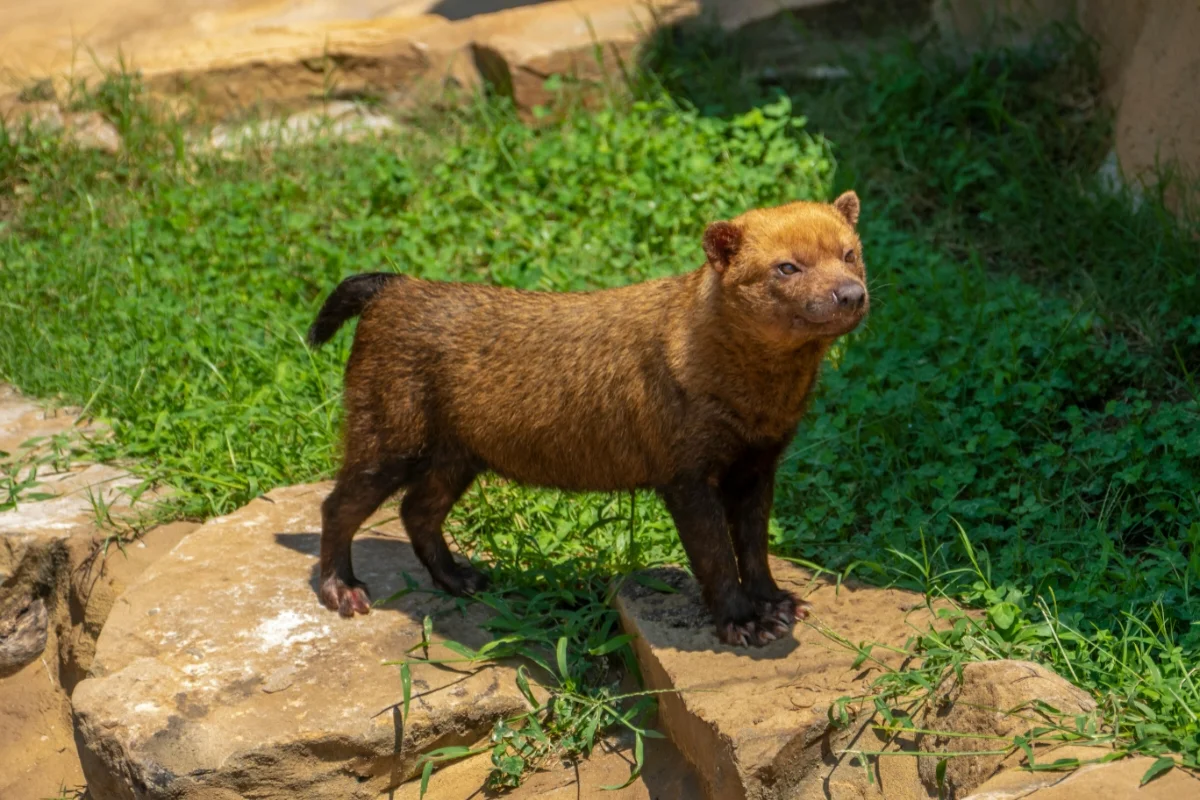X-ray Tetra
The X-ray tetra is a small, translucent freshwater fish native to South America. It is popular in home aquariums due to its…
The X-ray tetra is a small, translucent freshwater fish native to South America. It is popular in home aquariums due to its peaceful nature and striking appearance. The species gets its name from its nearly transparent body, which allows internal organs and skeletal structure to be faintly visible.
X-ray Tetra Information
| Height: | Small |
| Length: | 3–5 cm |
| Weight: | ~2 g |
| Top Speed: | Moderate |
| Food: | Insects, algae |
| Color: | Clear, yellow, red |
| Location: | South America |
| Predators: | Big fish, birds |
| Lifespan: | 3–6 years |
| Habitat: | Rivers, streams |
| Gestation: | Eggs hatch in 1–2 days |
Description
X-ray tetras are small fish, usually growing up to 5 cm (2 inches). They have a translucent body with a silver-gold sheen, a black-bordered dorsal fin, and yellow and white markings. Their unique appearance helps them blend into their environment, providing an advantage against predators.
Life Cycle
X-ray tetras start as eggs, which hatch within 24 hours. The fry become free-swimming within a few days, feeding on microscopic organisms. As they grow, their bodies develop translucency. They reach sexual maturity within six to twelve months and can reproduce multiple times throughout their lifespan.
Characteristics
Key characteristics of X-ray tetras include their translucent body, small size, and peaceful temperament. They are schooling fish, preferring to swim in groups for safety. Their adaptability to various water conditions makes them a popular choice for aquarium enthusiasts worldwide.
Care
X-ray tetras require a well-maintained tank with clean, slightly acidic to neutral water (pH 6.0-7.5). They thrive in planted aquariums with a stable temperature of 22-28°C (72-82°F). A varied diet, regular water changes, and a peaceful tank environment help keep them healthy.
Lifespan
X-ray tetras typically live between three to five years in captivity. With optimal care, some individuals may live longer. Their lifespan is influenced by diet, water quality, tank conditions, and the presence of diseases or stressors.
Predators
In the wild, X-ray tetras face threats from larger fish, birds, and amphibians. Their translucent bodies help them evade predators by blending into their surroundings. In captivity, they should be housed with non-aggressive tank mates to avoid stress or injury.
Habitat
X-ray tetras inhabit freshwater rivers, streams, and flooded areas in South America, particularly in the Amazon and Orinoco river basins. They prefer slow-moving, warm waters with dense vegetation, which provides shelter and food sources.
Distribution
These fish are native to Venezuela, Guyana, Suriname, and Brazil. Due to their popularity in the aquarium trade, they are widely available worldwide. Captive-bred populations ensure sustainability without over-exploiting wild stocks.
Diet
X-ray tetras are omnivorous, feeding on small invertebrates, zooplankton, and plant matter in the wild. In captivity, they thrive on a diet of high-quality flakes, pellets, frozen foods, and live prey like brine shrimp or daphnia.
Behavior
X-ray tetras are peaceful, social fish that thrive in schools of six or more. They exhibit coordinated swimming patterns, often moving in unison. Their calm nature makes them ideal tank mates for other small, non-aggressive fish.
Reproduction
X-ray tetras are egg scatterers. During spawning, females release hundreds of eggs among plants, which males fertilize externally. The eggs hatch within a day, and the fry rely on microorganisms for food before transitioning to larger prey. Parents do not provide care after spawning.
X-ray Tetra Scientific Classification
| Kingdom: | Animalia |
| Phylum: | Chordata |
| Class: | Actinopterygii |
| Order: | Characiformes |
| Family: | Characidae |
| Genus: | Pristella |
| Scientific Name: | Pristella maxillaris |
Animals for You
References
1. X-ray Tetra Wikipedia Article – https://en.wikipedia.org/wiki/Pristella_maxillaris







